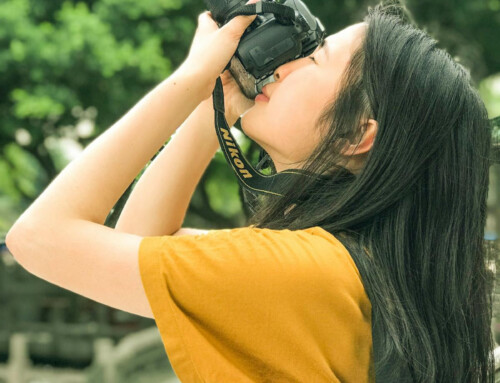Copying someone else’s work isn’t always a copyright infringement. Although the law is significantly more complex than this, generally speaking, copying is infringing only if the copied parts are protected by copyright and if the two works are “substantially similar.”
In addition, even if the copied parts are protected and the works are substantially similar, the new works might not be considered infringements if the use is a “fair” one.
“Fair use” is an affirmative defense (meaning that it has to be proven by the alleged infringer) that can be raised in response to a copyright owner’s claim of infringement.
This doctrine allows people to use copyrighted works without the copyright owners’ permission for purposes such as criticism, comment, news reporting, teaching, scholarship, or research.
However, there are no bright-line rules in determining fair use, though the copyright statute does set out four factors to be considered when deciding whether a use constitutes a fair use.
Because the law of fair use is complex, it’s important to obtain the advice of an experienced copyright attorney before proceeding with a project that involves copying parts of someone else’s work, even if you’re pretty sure it’s fair use.
Similarly, before you accuse someone of infringing your rights, you should obtain competent legal advice as to whether the other party’s use might be a fair one. If you sue and the court ultimately determines that the use was fair, it might require you to reimburse the attorneys’ fees of the party you sued.
Just last month, for example, the US Court of Appeals for the Fifth Circuit ruled that Mix Creative Learning Center’s use of Michel Keck’s artworks constituted fair use and affirmed the lower court’s holding that the artist must reimburse Mix Creative for its attorneys’ fees.
Mix Creative Learning Center is an art studio that offers art lessons to children. In 2020, it began selling art kits online so students could learn at home during the pandemic.
Each kit included printed-out PowerPoint slides featuring an artist’s biography and artwork samples, along with a lesson plan and supplies for students to create their own art in the artist’s style.
One of those kits reproduced artworks from Keck’s Dog Art series. When Keck discovered the kits, she sued Mix Creative and its owner for copyright infringement, among other claims.
The lower court found, and the appellate court agreed, that the fair use defense applied since Mix Creative’s use was transformative and unlikely to cause harm to the market for Keck’s copyrighted works.
In its decision, the Fifth Circuit discussed two of the four factors referenced in the copyright statutes (factors one and four), since those two were the ones focused on by the parties themselves.
(1) The purpose and character of the use, including whether such use is of a commercial nature or is for nonprofit educational purposes
The “central question” of this factor, said the court, is whether the new work supplants the original work or adds something new, “with a further purpose or different character.” A use that has a further purpose or different character is said to be “transformative.”
An additional element of the first factor is whether the use is commercial or nonprofit in nature, though commercial use alone isn’t conclusive. Rather, it is weighed against the degree to which the use has a further purpose or different character than the original work.
The court held that the first factor weighed in Mix Creative’s favor, since, although Mix Creative is a commercial enterprise, its use of Keck’s copyrighted works was transformative. The art kits had an educational purpose that was significantly different from the original, decorative purpose of Keck’s artworks.
The court noted that, along with printed images of the artworks, the kits included lesson plans, PowerPoint slides with Keck’s biographical information, and materials for students to create their own art, inspired by Keck’s.
(4) The effect of the use upon the potential market for or value of the copyrighted work
In assessing this factor, courts look to “the amount of money that the copyright owner might lose,” as well as whether widespread use of the work in the same infringing fashion would result in a “substantially adverse impact” on the potential market for the original work and any derivatives of it.
In this case, the Fifth Circuit stated that it shared the district court’s difficulty in imagining “how the use of Plaintiff’s art for children’s art lessons devalues her pieces’ market worth. The widespread use of Plaintiff’s art for educational lessons would likely, if anything, increase her name recognition and commercial value.”
The court went on to point out that Mix Creative does not participate in the same markets as Keck, since it’s not in the business of selling artworks; rather, it uses the artists’ works for educational purposes. Further, Keck did not offer any evidence that a market exists, or could reasonably be expected to develop, for her to license her artwork for use in connection with educational products.
Other Factors
The two other factors listed in the copyright statutes and not addressed by this case are: (2) the nature of the copyrighted work (e.g., published or unpublished, fiction or nonfiction); and (3) the amount and substantiality of the portion used in relation to the copyrighted work as a whole.
*****
Please feel free to contact us if you’re in doubt as to whether your copying of someone else’s work – or their copying of your work – is likely to be found a fair use or an infringement, or if you need help obtaining a license to use someone else’s work.
Photo by Madalyn Cox on Unsplash






